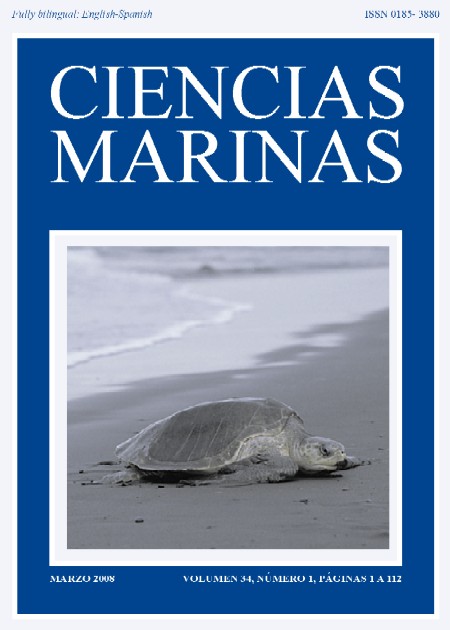Surface heat exchanges in an estuarine tidal flat (Bahía Blanca estuary, Argentina)
Main Article Content
Abstract
The purpose of this article is to provide an analysis of the heat exchanges occurring at a tidal flat of the Bahía Blanca estuary (Argentina). Heat fluxes across the water-atmosphere and sediment-atmosphere interfaces (inundation and exposure, respectively) were studied. Data were collected at Puerto Cuatreros (located near the estuary's head) during one annual cycle (2003). Bulk aerodynamic formulas were used to estimate the radiative and turbulent fluxes from available meteorological data. Air, water and soil temperatures, as well as solar radiation were measured every 10 min. Soil temperature was recorded at three depths (0.05, 0.15 and 0.25 m). Meteorological data were obtained at 30-min intervals from the estuary's weather station located at Puerto Rosales. Atmospheric and tidal conditions regulated the heat exchanges. The most important heat fluxes in every season were net radiation and latent heat flux, reaching maximum values of 816 and 776 W m–2, respectively, after midday in summer. Tidal inundation affected the direction and magnitude of sensible and soil heat fluxes. During a cloudless summer day, nocturnal inundations heated the tidal flat sediment, causing an upward flow of sensible heat. A tidal inundation in the morning cooled the sediment and a downward flow of sensible heat developed (reaching –183 W m–2). Soil heat flux was rapidly reduced during the hours of inundation, becoming nearly zero. The estimated annual evaporation was 2127 mm.
Downloads
Article Details
This is an open access article distributed under a Creative Commons Attribution 4.0 License, which allows you to share and adapt the work, as long as you give appropriate credit to the original author(s) and the source, provide a link to the Creative Commons license, and indicate if changes were made. Figures, tables and other elements in the article are included in the article’s CC BY 4.0 license, unless otherwise indicated. The journal title is protected by copyrights and not subject to this license. Full license deed can be viewed here.

